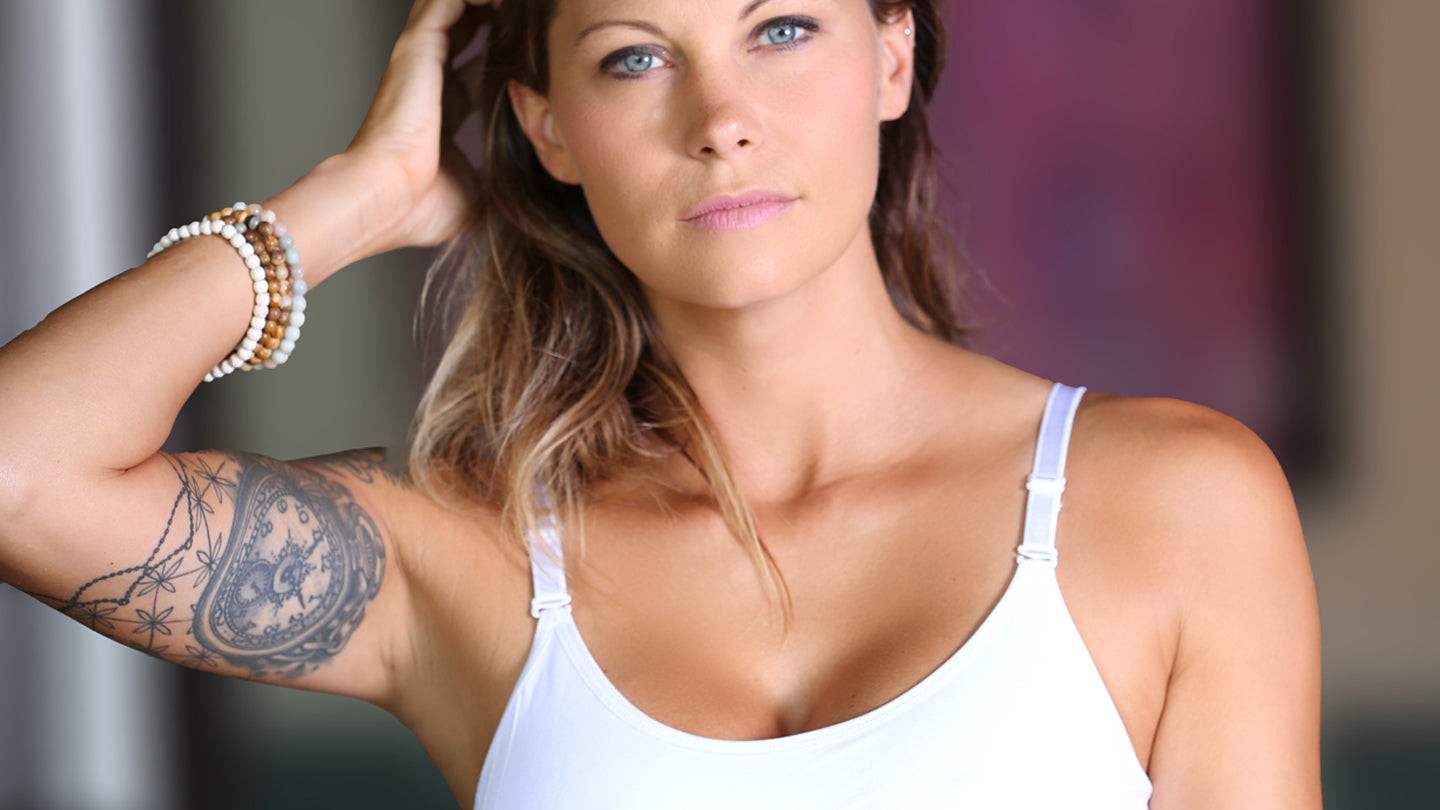Sports Bras: How to Choose the Right Support for Your Workout

When it comes to working out, having the right gear is essential. While shoes and apparel often get the spotlight, one crucial piece of equipment that shouldn't be overlooked is the sports bra. The right sports bra can make a significant difference in your comfort, performance, and overall workout experience. Here’s a guide on how to choose the right support for your workout.
Understanding the Importance of a Good Sports Bra
A well-fitted sports bra is not just about comfort; it’s about support and protection. During physical activity, breasts move in multiple directions, which can cause discomfort, pain, and even tissue damage over time. A sports bra is designed to minimize this movement, providing the necessary support to keep you comfortable and focused on your workout.
Types of Sports Bras
Sports bras come in various styles and support levels, each suited to different types of activities. Here are the main types:
- Compression Bras: These bras hold the breasts close to the chest to reduce movement. They are typically best for smaller cup sizes and low to medium-impact activities like yoga, Pilates, or walking.
- Encapsulation Bras: These bras have individual cups that support each breast separately. They offer more support than compression bras and are ideal for medium to high-impact activities such as running, aerobics, and dance.
- Combination Bras: As the name suggests, these bras combine compression and encapsulation methods for maximum support. They are suitable for high-impact activities like HIIT, kickboxing, and intense cardio sessions.
How to Choose the Right Sports Bra
Selecting the right sports bra involves considering several factors:
Impact Level of Your Activity:
- Low-Impact Activities: Activities like yoga, stretching, and walking require minimal support. Look for bras with light support and comfortable fabrics.
- Medium-Impact Activities: Activities like cycling, hiking, and strength training require moderate support. Look for bras with a combination of compression and encapsulation features.
- High-Impact Activities: Running, aerobics, and high-intensity interval training (HIIT) require maximum support. Choose bras with strong encapsulation and compression to reduce movement and provide stability.
Size and Fit:
- Measure your band and cup size accurately. A well-fitted sports bra should be snug but not restrictive.
- The band should sit firmly around your ribcage without riding up. If it does, try a smaller band size.
- The straps should not dig into your shoulders or be too loose. Adjustable straps can help you achieve a better fit.
- The cups should fully encapsulate your breasts without any spillage or gaps.
Material and Construction:
- Look for moisture-wicking fabrics that keep sweat away from your skin to prevent chafing and irritation.
- Seamless designs can also help reduce the risk of chafing.
- Check the bra's construction for durability. High-quality stitching and materials will ensure that your sports bra lasts longer.
Style and Personal Preference:
- Racerback styles often provide more support and freedom of movement for the arms and shoulders.
- Traditional straps can be more adjustable and may work better for certain body types.
- Consider bras with additional features like padded straps, breathable mesh panels, or front closures for added convenience and comfort.
Tips for Trying On Sports Bras
- Move Around: When trying on a sports bra, mimic the movements you’ll be doing during your workout. Jump, stretch, run in place, and move your arms to test the bra’s support and comfort.
- Check for Breathability: Ensure the fabric feels comfortable and breathable. Moisture-wicking materials are crucial for intense workouts.
- Test the Band and Straps: Make sure the band stays in place and doesn’t ride up as you move. Adjust the straps to ensure they’re not digging into your shoulders or slipping off.
When to Replace Your Sports Bra
A sports bra’s lifespan depends on how often you use it and how well you take care of it. Generally, a sports bra should be replaced every six to twelve months. Signs that it’s time for a new one include:
- The band or straps become loose.
- The fabric loses its elasticity.
- Visible signs of wear and tear.
- Reduced support and increased movement during activities.
Conclusion:
Choosing the right sports bra is essential for a comfortable and effective workout. By understanding the different types of sports bras and considering factors like impact level, size, material, and style, you can find the perfect bra to support your fitness journey. Remember, a well-fitted sports bra not only enhances your performance but also protects your body, ensuring you stay comfortable and confident during every workout.







